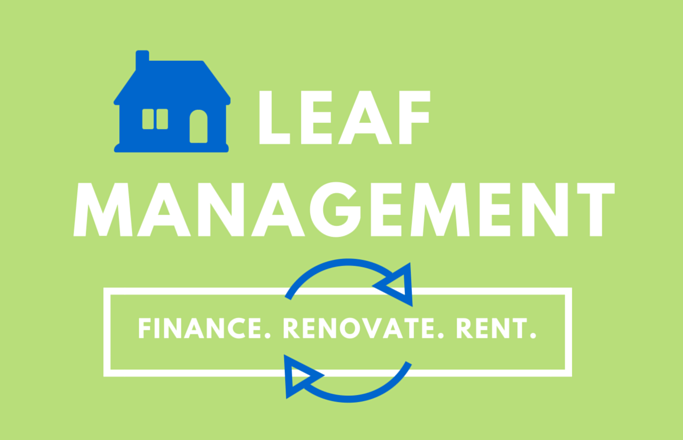Cracking the Code to Funding Your House-Flipping Dreams
Flipping houses can be a lucrative way to profit from the real estate market. But before diving in headfirst, you must understand the financial realities involved. The overall expense of flipping a home typically accounts for around 10% of the property’s purchase price. However, this figure can fluctuate based on various factors, such as the extent of renovations and the financing strategy employed.
Seasoned investors often advise maintaining a buffer by never exceeding 70% of the property’s after-repair value (ARV). The initial hurdle for any new house flipper is securing the capital to get started. Fortunately, several financing options are available, each with advantages and drawbacks. Let’s look at some of the most common methods.
Hard Money Loans
These are popular loan choices for flippers provided by private lenders who focus on the property’s potential rather than the borrower’s credit history. Hard money loans offer expedited access to capital yet often come with a notable downside—steeper interest rates, typically ranging from 8% to 15%. For new flippers with limited experience, the high cost of borrowing can make hard money loans a risky proposition.
Home Equity Line of Credit (HELOC)
A HELOC functions more like a credit card secured by your home’s equity. Once approved, you’re granted a credit line with a maximum limit to draw funds as needed during your project. Interest is only charged on the amount you borrow, and you have a draw period, usually 10 years, to access the funds.
After the draw period ends, a repayment period kicks in. You’ll be required to repay the principal and accumulated interest, usually in monthly installments over 15-20 years. The challenge with HELOCs is that interest rates can fluctuate with market conditions, which may increase your borrowing costs.
Home Equity Loan
This loan provides a lump sum of cash upfront, similar to a traditional mortgage. It’s a fixed amount based on the appraised value of your home and the amount of equity you’ve built up, typically capped at an 80-90% combined loan-to-value (CLTV) ratio. You then repay the loan with interest over a set term, usually 5-15 years, with a fixed monthly payment.
The downside is you’ll need significant equity built up in your primary residence to qualify for a home equity loan. Also, the fixed nature of the loan limits your access to additional funds as the project progresses. Like any loan secured by your home, defaulting on payments could lead to foreclosure.
Bridge Loans
This temporary financing solution covers the gap between buying and selling a property after renovations. These loans can be a good option for experienced flippers with a proven track record of successful flips and a clear plan for selling the renovated property quickly.
New house flippers face a double challenge with bridge loans; the loans are typically short-term (6-18 months) and have interest rates that can be higher than traditional mortgages. These high-interest rates can quickly erode profits. In addition, house flippers are constantly under pressure to sell the renovated property quickly to avoid defaulting on the short-term loan.
Private Lenders
Hard money lenders aren’t the only private financing option. Wealthy individuals or investment groups may also be interested in funding your house-flipping venture. The terms of such agreements often involve a combination of loan repayments and profit-sharing arrangements.
Although securing financing from private investors grants autonomy in negotiations, it may entail higher interest rates and strict repayment terms. Also, such lenders can be more selective about the house flipping projects they fund.
Traditional Bank Loans
While securing a traditional mortgage loan may seem ideal, sometimes banks hesitate to lend to new flippers. This is due to their lack of established track records in real estate investment and the perceived higher risk associated with the short-term nature of house-flipping ventures. However, seasoned flippers with a healthy credit history and a solid business plan may be able to qualify for a loan specifically designed for investment properties.
The Bottom Line
Choosing the right financing option depends on your individual circumstances and experience level. Regardless of your chosen method, focus on building your experience and creditworthiness. You also need to research the local market and set a realistic budget before tackling large projects.
In this case, Michael Leafer of Leaf Management can be an invaluable asset as our company offers rehab, management, and funding for residential contractors and real estate investors. If you’re a house flipper looking for financial assistance for your investment property(s), Contact Us today to forge a mutually beneficial partnership.
